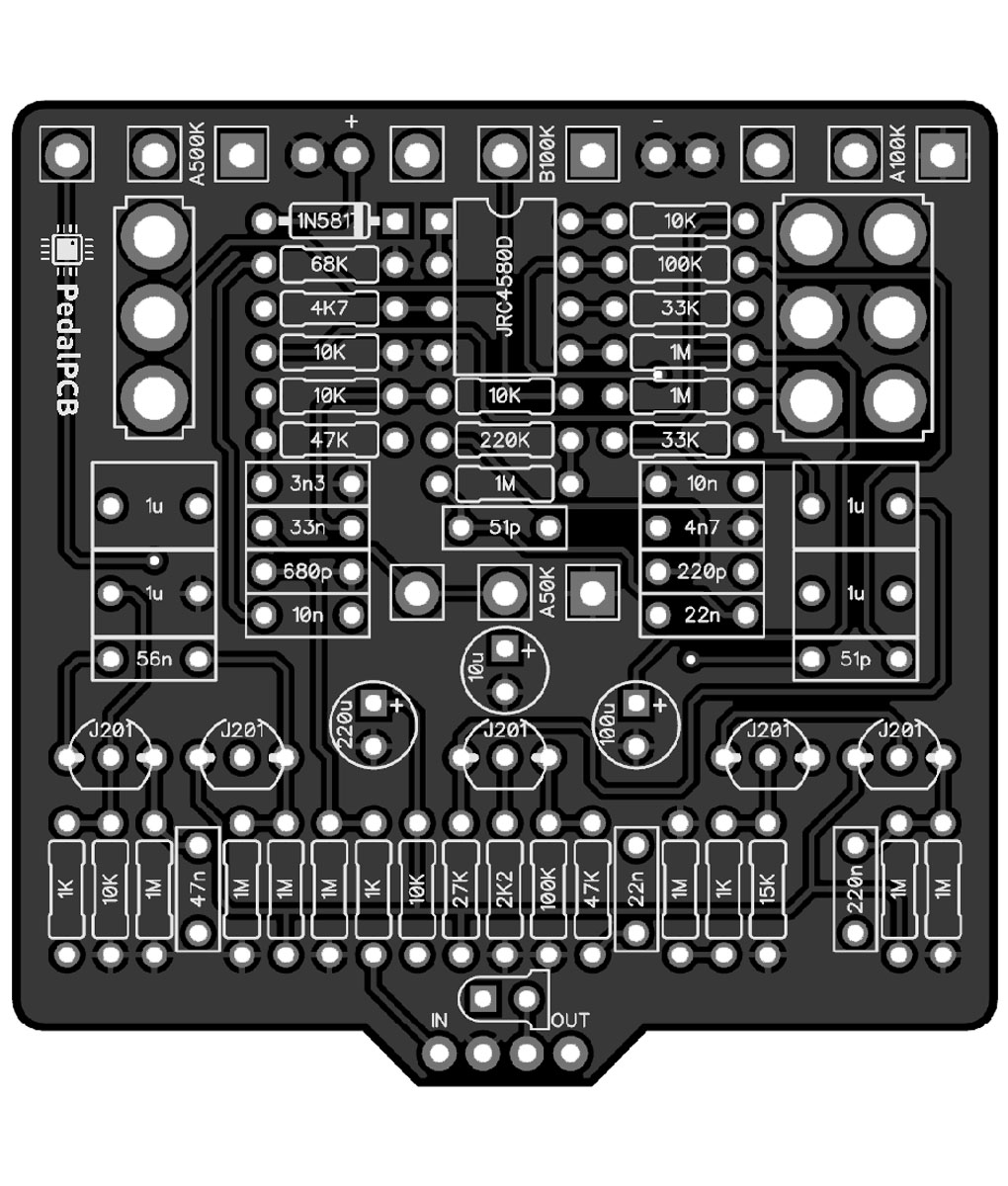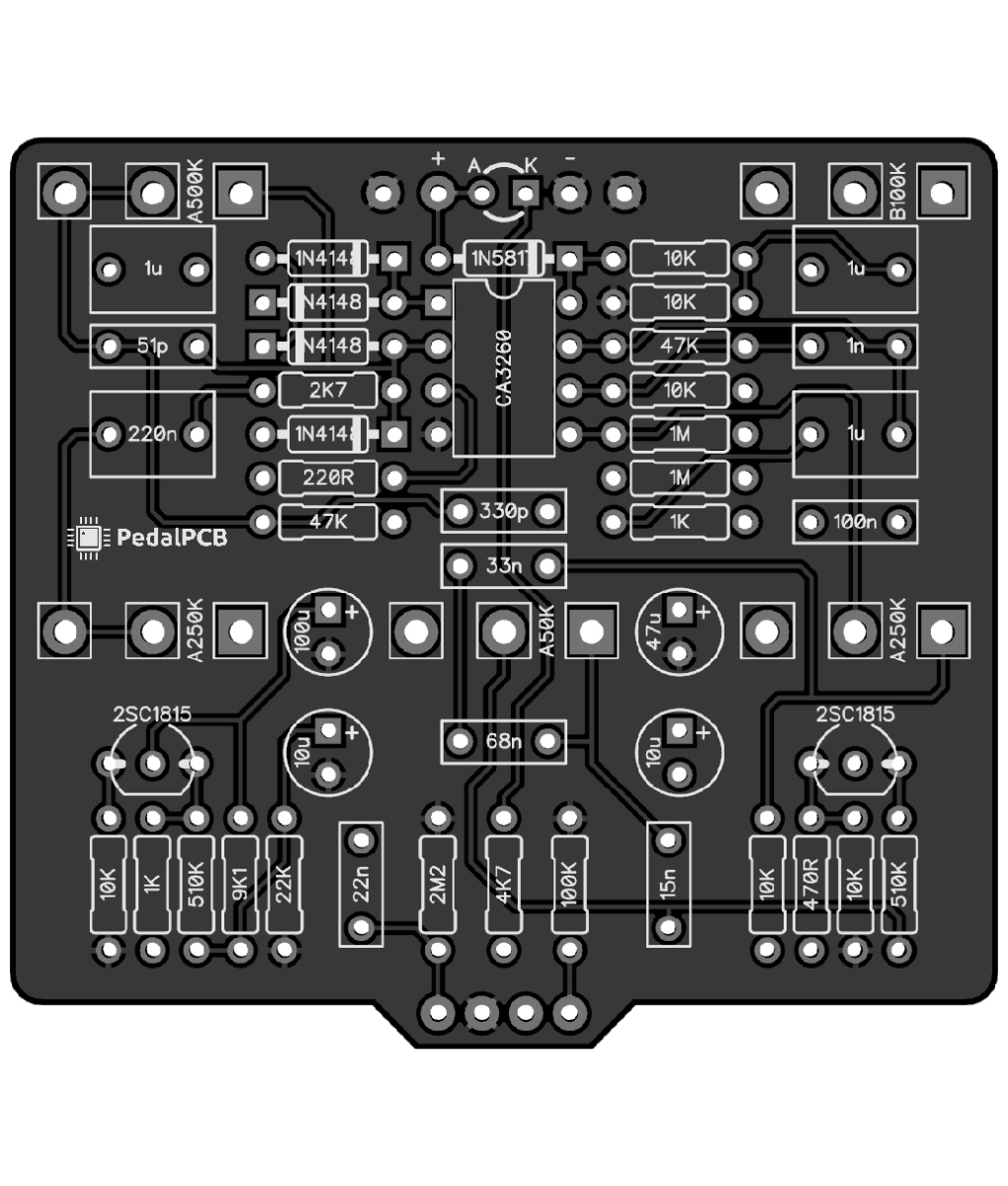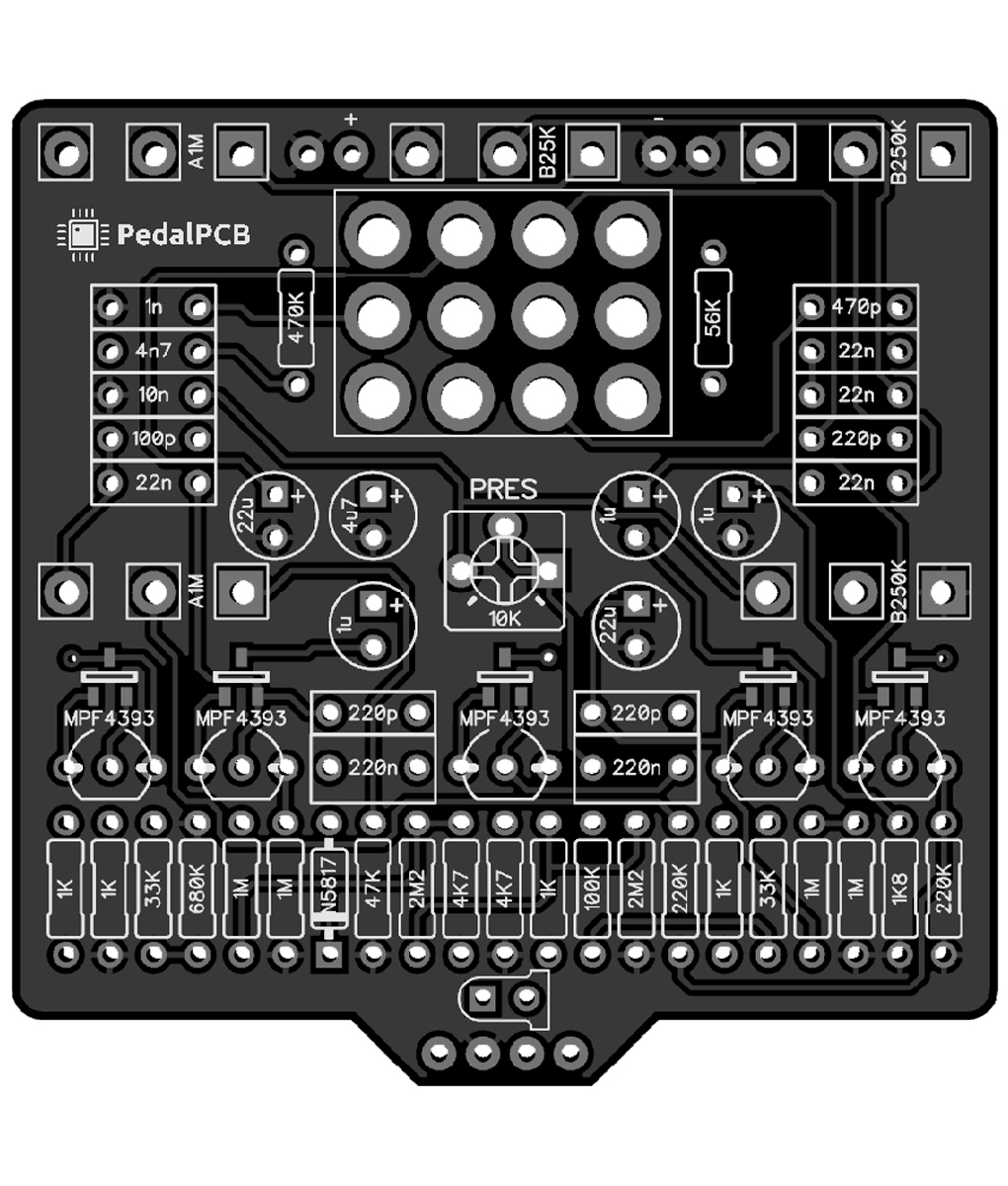eh là bas ma
Well-known member
Wampler sovereign is quite good and original.

Mostortion is a nice one, EQ is really interesting.

OCD v.2 is just amazing, a real pleasure to play : https://www.pedalpcb.com/product/pcb542/
DOD FX76 Punkifier : It's always useful to be able to blend some fuzz to a good overdrive : https://www.pedalpcb.com/product/pacifier/
GCI projects are also very interesting :
https://www.musikding.de/GCI-Bass-Brutalist-parts-kit : Among my favorite overdrives, I like its gain texture and color. Various op-amps will give various results, always beautiful. Variant of a variant of Providence SDT-1.
https://www.musikding.de/NEW-Apostle-parts-kit : this one is great, Orange/Matamp amp's head emulation.
https://www.musikding.de/GCI-Baracus-parts-kit : Going from low gain driver to fuzz, with singular and beautiful sounds.
Boss BD-2 and OD-3 are also among my favorite circuits. Very efficient, beautiful, but not very singular. So popular and famous, they kind of feel like common places.

Mostortion is a nice one, EQ is really interesting.

OCD v.2 is just amazing, a real pleasure to play : https://www.pedalpcb.com/product/pcb542/
DOD FX76 Punkifier : It's always useful to be able to blend some fuzz to a good overdrive : https://www.pedalpcb.com/product/pacifier/
GCI projects are also very interesting :
https://www.musikding.de/GCI-Bass-Brutalist-parts-kit : Among my favorite overdrives, I like its gain texture and color. Various op-amps will give various results, always beautiful. Variant of a variant of Providence SDT-1.
https://www.musikding.de/NEW-Apostle-parts-kit : this one is great, Orange/Matamp amp's head emulation.
https://www.musikding.de/GCI-Baracus-parts-kit : Going from low gain driver to fuzz, with singular and beautiful sounds.
Boss BD-2 and OD-3 are also among my favorite circuits. Very efficient, beautiful, but not very singular. So popular and famous, they kind of feel like common places.
Last edited:


